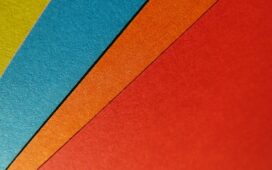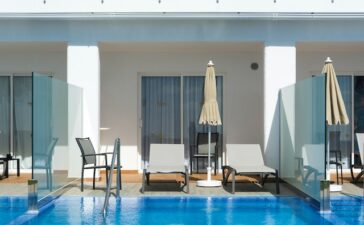In the realm of interior design, few elements possess the enduring charm and natural allure of timber flooring. The choice of flooring material plays a pivotal role in shaping the character of a space, and timber, with its warmth, versatility, and timeless appeal, has stood the test of time. In this exploration, we delve into the art and craft of timber flooring—unravelling its rich history, diverse varieties, installation techniques, and the reasons why it remains a sought-after choice for homeowners and designers alike.

The use of timber as a flooring material is woven into the fabric of human history. Dating back centuries, timber flooring Torquay has been a symbol of craftsmanship and affluence. Early civilizations utilized wood not only for its structural integrity but also for its aesthetic value. From the grand halls of castles to the cozy interiors of cottages, timber flooring has left an indelible mark on architectural history. This rich legacy continues to influence contemporary design choices, making timber flooring a bridge between the past and the present.
One of the distinctive features of timber flooring is the vast array of wood species available, each offering unique colours, grain patterns, and durability. Hardwoods, such as oak, maple, and walnut, are renowned for their robustness and timeless aesthetics. Exotic species like teak and mahogany add a touch of luxury with their rich hues. Softwoods, like pine and cedar, bring a lighter, more rustic feel to a space. The diversity of timber species ensures that homeowners can choose a flooring option that aligns with their design preferences and lifestyle needs.
When considering timber flooring, homeowners are often presented with the choice between solid and engineered options. Solid timber planks are crafted from a single piece of wood, offering authenticity and longevity. Engineered timber, on the other hand, consists of a top layer of real wood bonded to multiple layers of plywood. Engineered flooring is lauded for its dimensional stability, making it less susceptible to the effects of humidity and temperature fluctuations. The choice between solid and engineered timber depends on factors such as the environment, installation location, and personal preferences.
The installation of timber flooring is a precise craft that significantly influences the final look and feel of a space. Tongue-and-groove installation, where planks are fitted together, is a common technique that creates a seamless and stable floor surface. Nail-down, glue-down, and floating installations are variations that offer flexibility based on the subfloor and the type of timber chosen. Each technique requires careful consideration of factors such as subfloor conditions, environmental conditions, and the specific requirements of the chosen timber flooring.

One of the remarkable attributes of timber flooring is its ability to be sanded and refinished, rejuvenating its appearance and extending its lifespan. Sanding removes imperfections, scratches, and wear, providing a smooth and even surface. The finishing process follows, where homeowners can choose from an array of stains and sealants to enhance the timber’s natural beauty and protect it from daily wear. The ability to refinish timber flooring ensures that it remains a dynamic and long-lasting element in a home, capable of adapting to evolving design trends.














